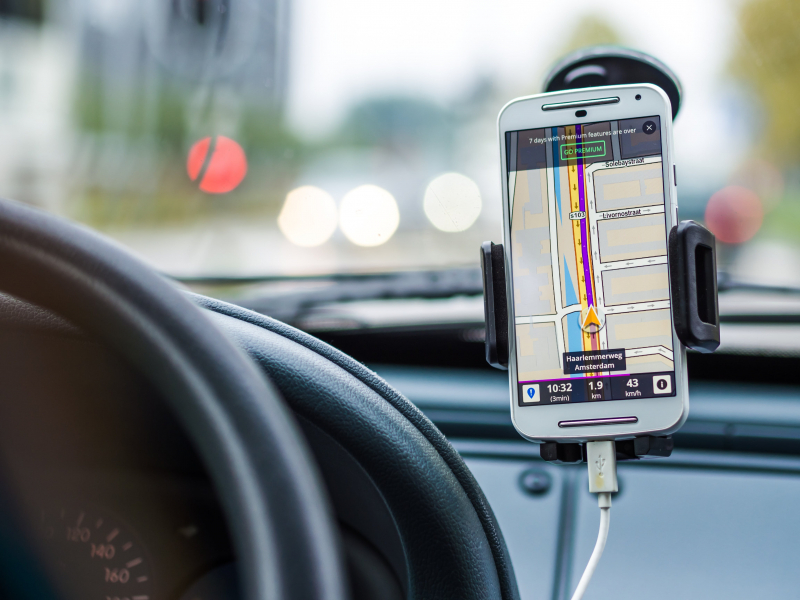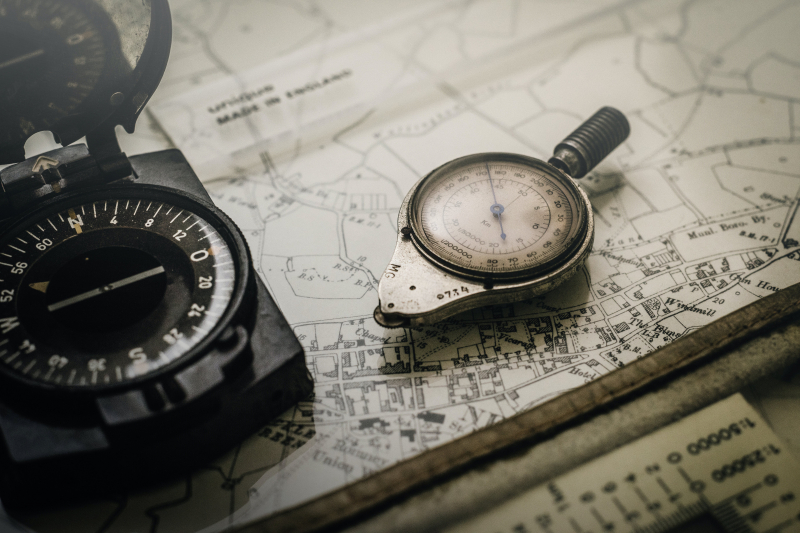GPS and Paper Maps
Essay topic: GPS and Paper Maps.
Answer:
Navigation tools have evolved over time, offering diverse ways for people to find their way. Two such tools are GPS (Global Positioning System) and paper maps. Each has its own merits and drawbacks, providing distinct experiences in the journey of getting from one place to another.
GPS, a digital navigation system, utilizes signals from satellites to determine a user's location on Earth. It provides real-time guidance with spoken directions, making it convenient for drivers and pedestrians alike. GPS devices or smartphone apps offer dynamic route adjustments based on live traffic data, ensuring efficient and timely travel.
Contrastingly, paper maps rely on traditional cartography. These tangible maps offer a visual representation of geographical features and roads. Users must manually interpret the map to plan their route. While lacking the real-time updates of GPS, paper maps provide a tangible and comprehensive overview of an area.
One significant difference is the level of detail. GPS offers intricate details about streets, points of interest, and even real-time traffic conditions. In contrast, paper maps may not provide the same level of real-time information, and users must rely on their interpretation skills.
Another aspect is dependency on technology. GPS relies on satellite signals and electronic devices, making it susceptible to technical malfunctions or loss of battery power. On the other hand, paper maps do not depend on batteries or signals, ensuring reliability in areas with limited technology access.
In terms of accessibility, GPS is user-friendly, offering step-by-step directions and voice guidance. It requires minimal map-reading skills. Paper maps, while straightforward for some, may be challenging for those unfamiliar with map-reading conventions.
In conclusion, GPS and paper maps offer distinct approaches to navigation. GPS excels in real-time guidance and dynamic updates, catering to those seeking convenience. Paper maps, on the other hand, provide a tangible and reliable alternative for those who appreciate a traditional, hands-on approach to navigation. The choice between them often depends on individual preferences and the specific needs of the journey.












